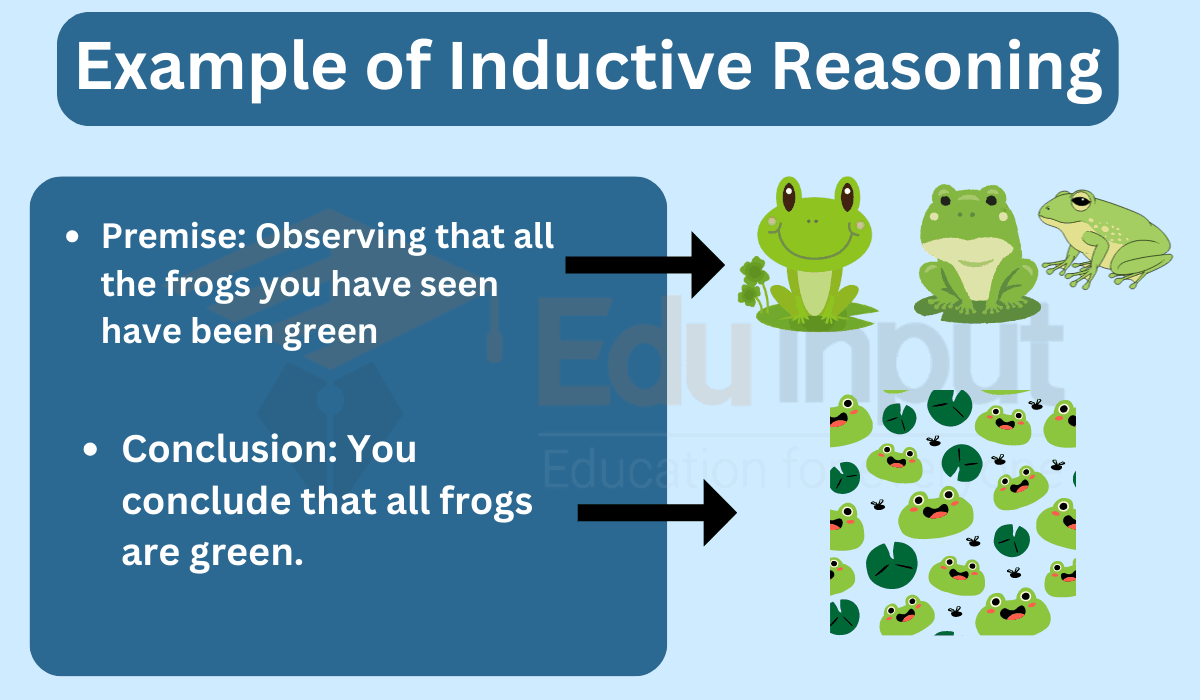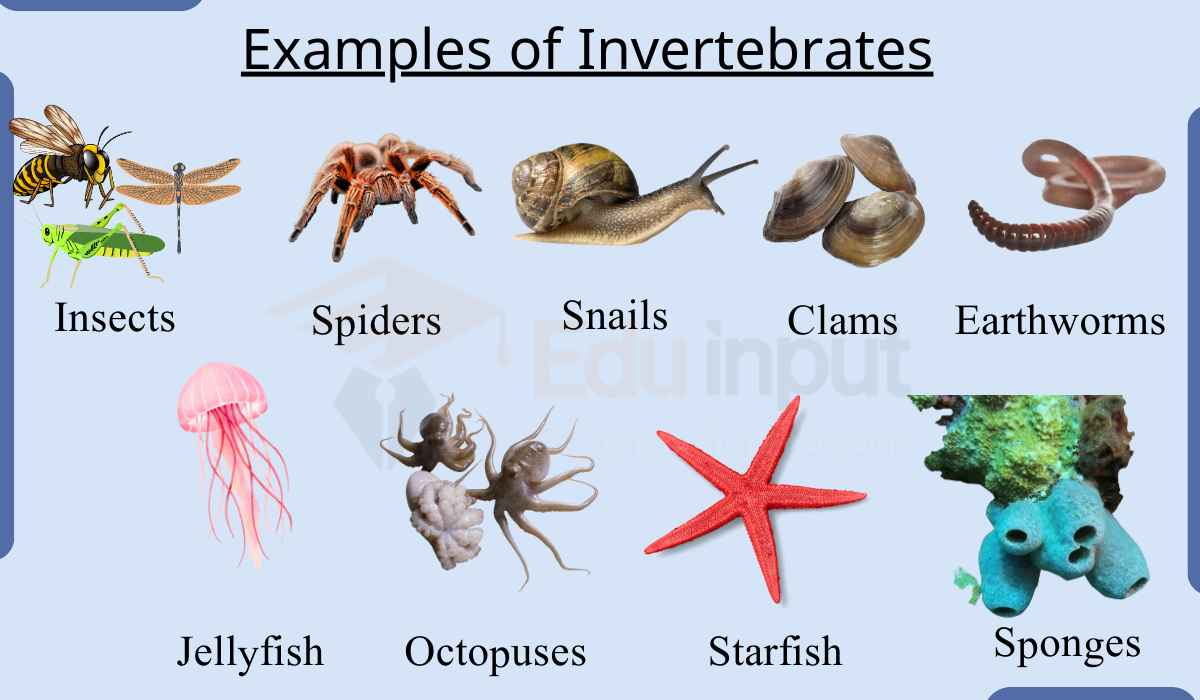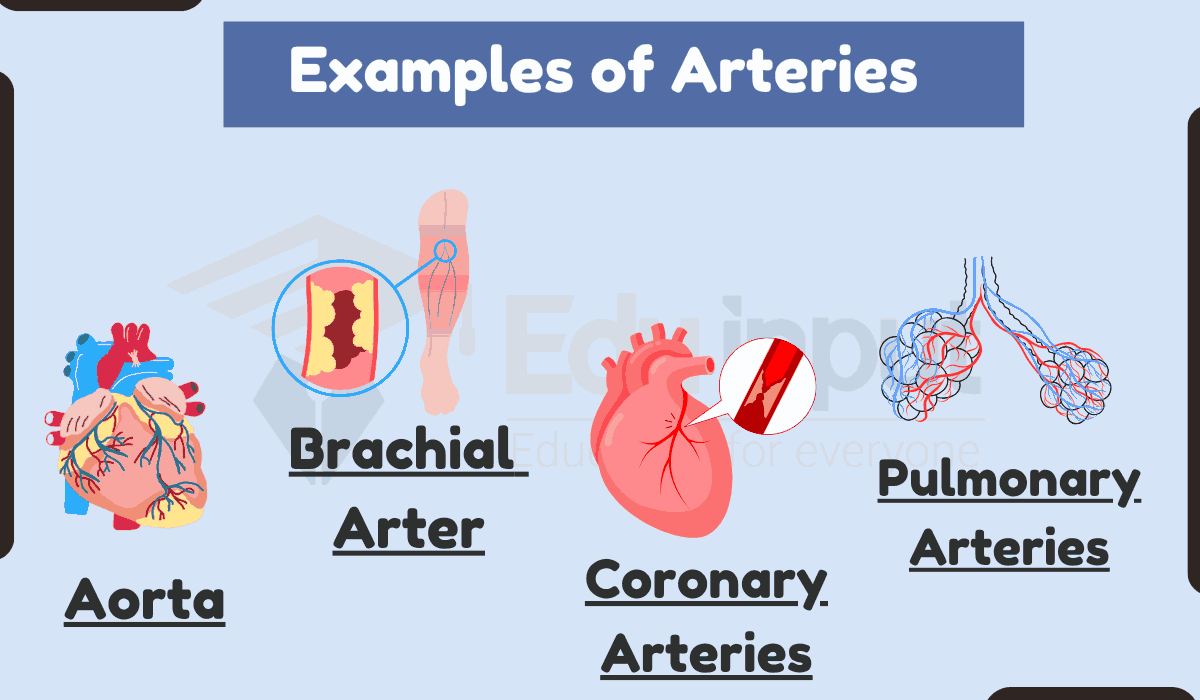5 Examples of Diploid Cells
September 23, 2023
Diploid cells are cells that contain a complete set of paired chromosomes, with one chromosome from each parent.
In humans and many other organisms, diploid cells have two sets of chromosomes, one from the mother and one from the father.
Table of Contents
Examples of Diploid Cells
Here are some examples of diploid cells:
1. Somatic Cells
- Skin Cells are one of the best example of diploid cells. Most of the cells in your skin are diploid, containing a full set of paired chromosomes (46 in humans).
- Muscle Cells such as those in your biceps or heart, are also example of diploid cells.
- Liver Cells or Hepatocytes, the main functional cells of the liver, are diploid.
- Nerve Cells (Neurons) are diploid cells, containing a complete set of chromosomes in their nuclei.
2. Blood Cells
- Red Blood Cells (Erythrocytes) are diploid cells. They lose their nuclei during maturation and are anucleated. But the precursor cells (erythroblasts) are diploid.
- White Blood Cells (Leukocytes) including lymphocytes, neutrophils, and monocytes, are diploid.
- Platelets (Thrombocytes) precursor cells, called megakaryocytes, are diploid.
3. Germ Cells
- Sperm Cells in males are haploid, containing half the number of chromosomes (23) compared to diploid cells. However, the precursor cells (spermatogonia) are diploid.
- Egg Cells (Oocytes) in females are also haploid, but the precursor cells (oogonia) are diploid.
4. Stem Cells
- Embryonic Stem Cells are another important example of diploid cells. During early development, the cells of the embryo are diploid. Embryonic stem cells are pluripotent and can differentiate into various cell types.
- Adult Stem Cells such as hematopoietic stem cells in the bone marrow, are diploid and can give rise to specialized cell types.
5. Plant Cells
- Leaf Cells in plants are typically diploid, containing two sets of chromosomes.
- Root Cells of plants are also diploid, with a full complement of paired chromosomes.
File Under:







Leave a Reply